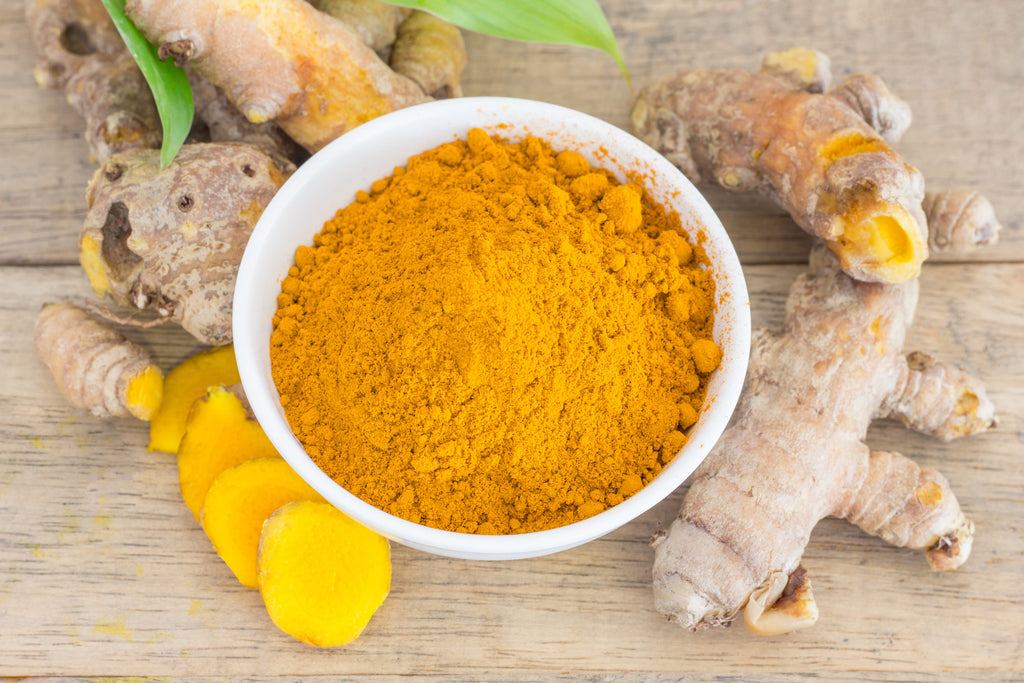
Turmeric: Benefits and Risks for the Body
Turmeric is indeed considered very beneficial, notes a specialist. In this herbaceous plant, besides 13 percent of the daily protein requirement for a human (in 100 grams), it also contains essential vitamins, amino acids, and trace elements needed by humans. Phosphorus, zinc, potassium, manganese, iron, and copper make it a true treasure trove of benefits.
The Beneficial Properties of Turmeric
It has anti-inflammatory effects, a choleretic effect, and also aids in improving digestion and metabolism.
How to Choose
Since turmeric powder is usually sold by weight, there is a possibility of adding toxic, cheaper agents with a similar color, such as lead oxide ("lead white"). These additives give turmeric an orange-red color instead of its natural golden-yellow color. Buy turmeric only from reliable and verified manufacturers, read the labels on the packaging, and choose fresher spices.
How to Store
After harvesting and processing, turmeric rhizomes are relatively stable and can be stored for up to 1 year without refrigeration – that's the theory. In practice, it is considered that the best roots are fresh, bought immediately after the harvest in winter. If fresh turmeric is not processed and dried first, it can be stored for a few weeks, like fresh ginger root, in a ventilated, dry place at room temperature. It can also be frozen for several months.

Store dried turmeric in an airtight container in a dark place. Exposure to sunlight weakens the flavor of turmeric and its characteristic color.
To preserve the pleasant taste, use ground spice within a few months or a maximum of one year. Even after this period, it will give other ingredients of the dish a bright yellow hue, but more spices and seasonings may be required to achieve a good taste of the dish.
5 Interesting Facts About the Product
The word turmeric comes from the Latin terra merita or "worthy earth." But in Sanskrit, turmeric has no less than 53 different names.
In India, there are numerous ceremonies and rituals associated with turmeric. The spice is often associated with prosperity and fertility, here called the "golden spice" and compared to the gifts of the Sun. Turmeric is often used at weddings. At traditional Bengali weddings, bridesmaids apply a turmeric paste to the bride's skin to give it a special glow. Clothes the color of turmeric are often worn by the bridesmaids. Wedding cards for a Hindu wedding are first marked with kumkum (turmeric powder) and then distributed.
In ancient India, turmeric was used for centuries as a dye for clothing and threads. Archaeological evidence shows that dyeing with turmeric was widespread in Egypt, India, and Mesopotamia around the 3rd century BC. Now it has been found that turmeric poorly dyes fabric because such a natural dye is not very lightfast, but saris and robes of Buddhist monks are still sometimes dyed with this spice.
The Venetian merchant and explorer Marco Polo, during his legendary travels to India, was so impressed by turmeric that he mentioned it as a vegetable with properties similar to saffron.
In the 1870s, chemists discovered that the orange-yellow powder of turmeric turns reddish-brown when exposed to alkalis. This led to the development of turmeric paper for testing alkalinity, also known as litmus paper.


